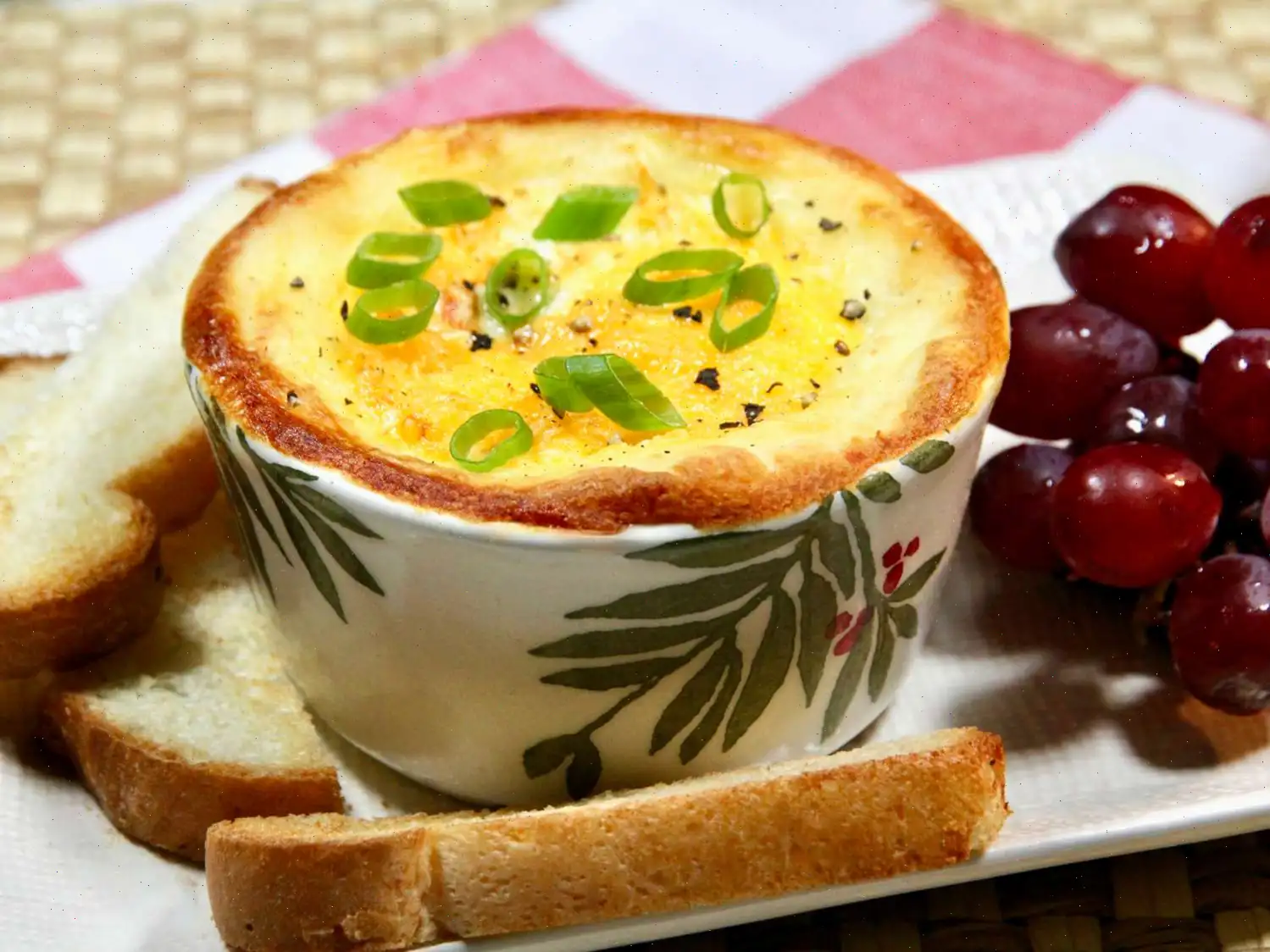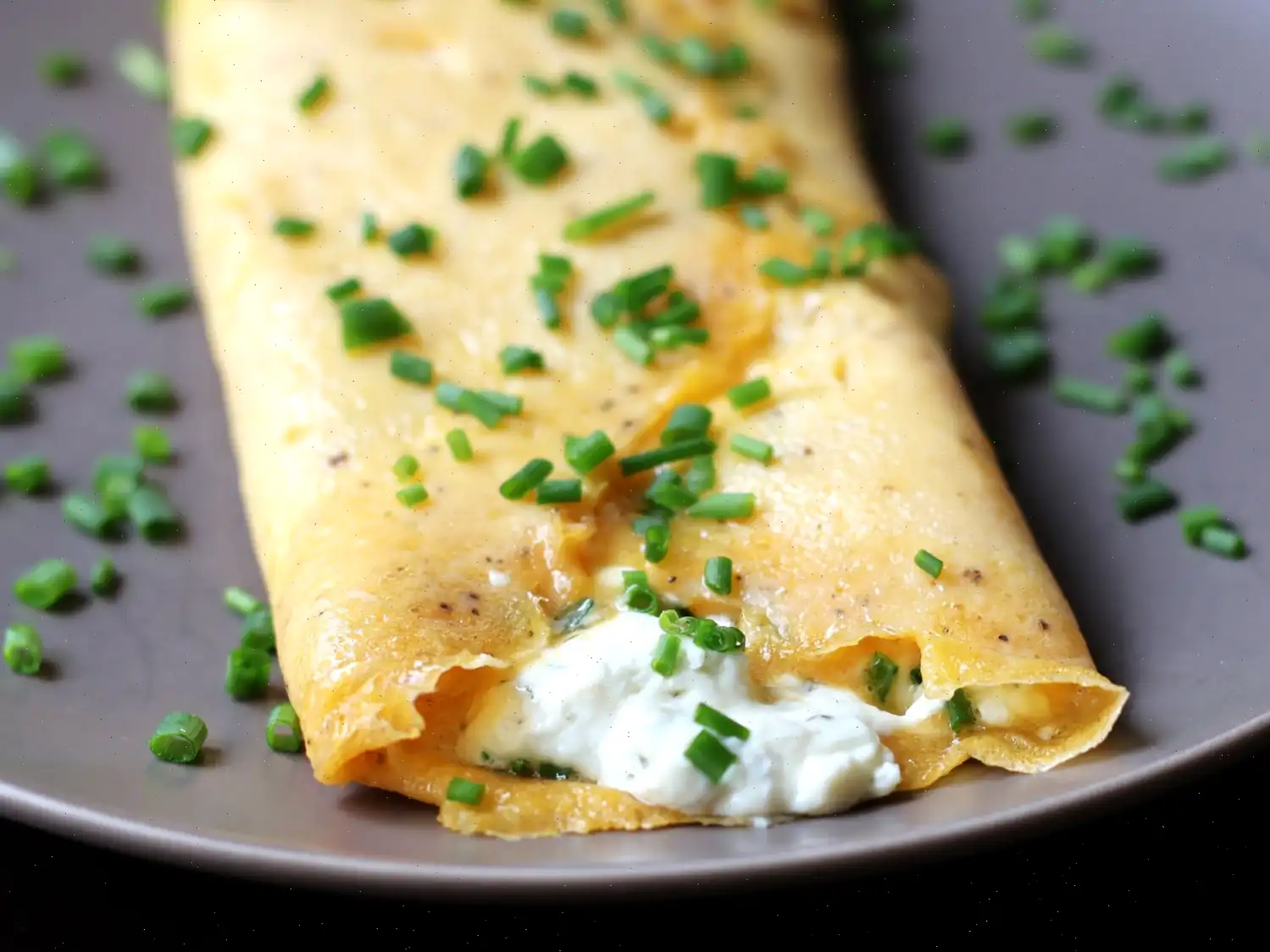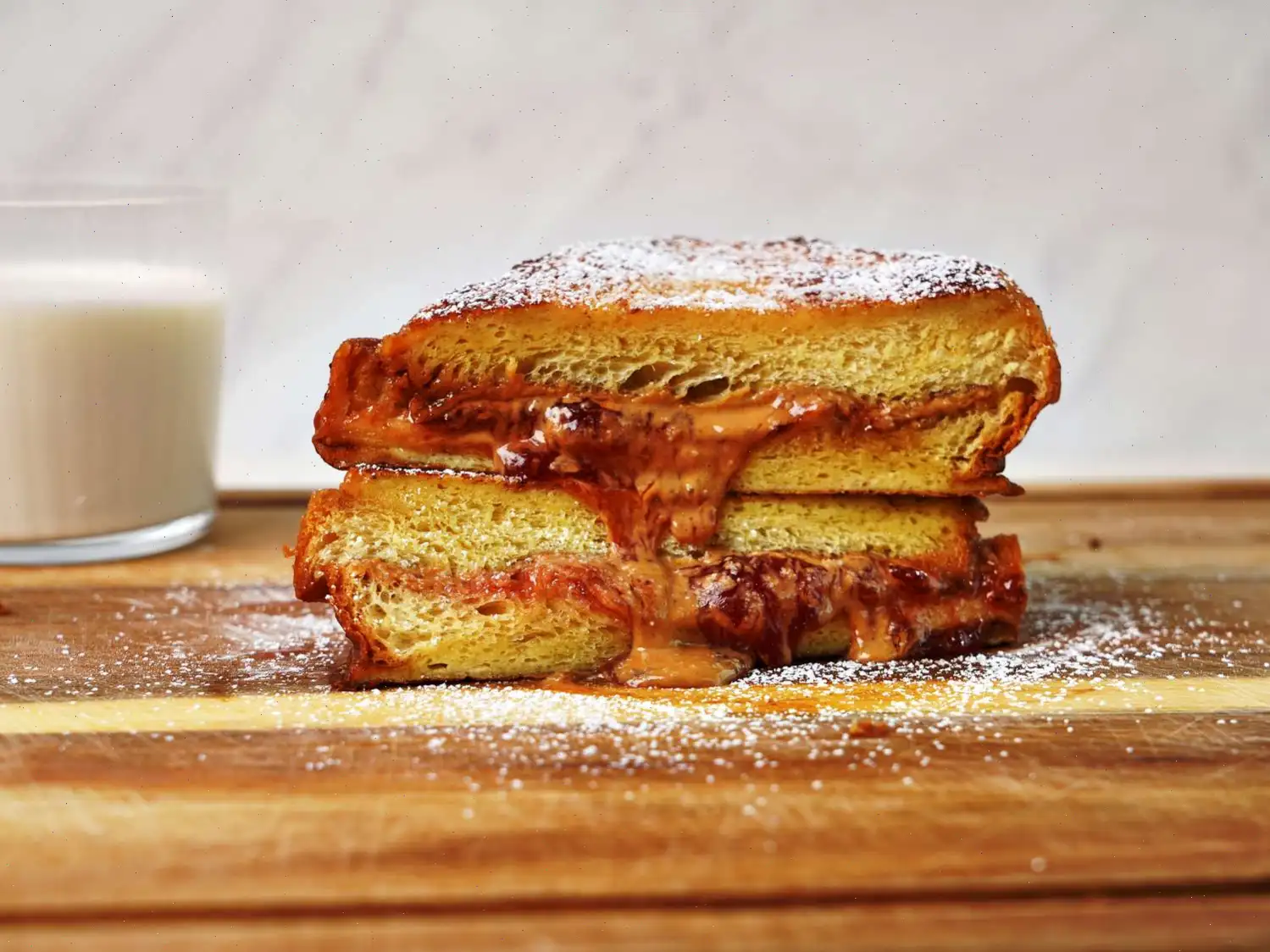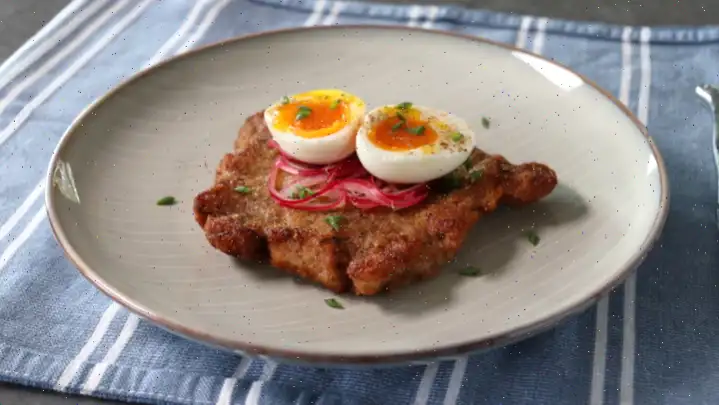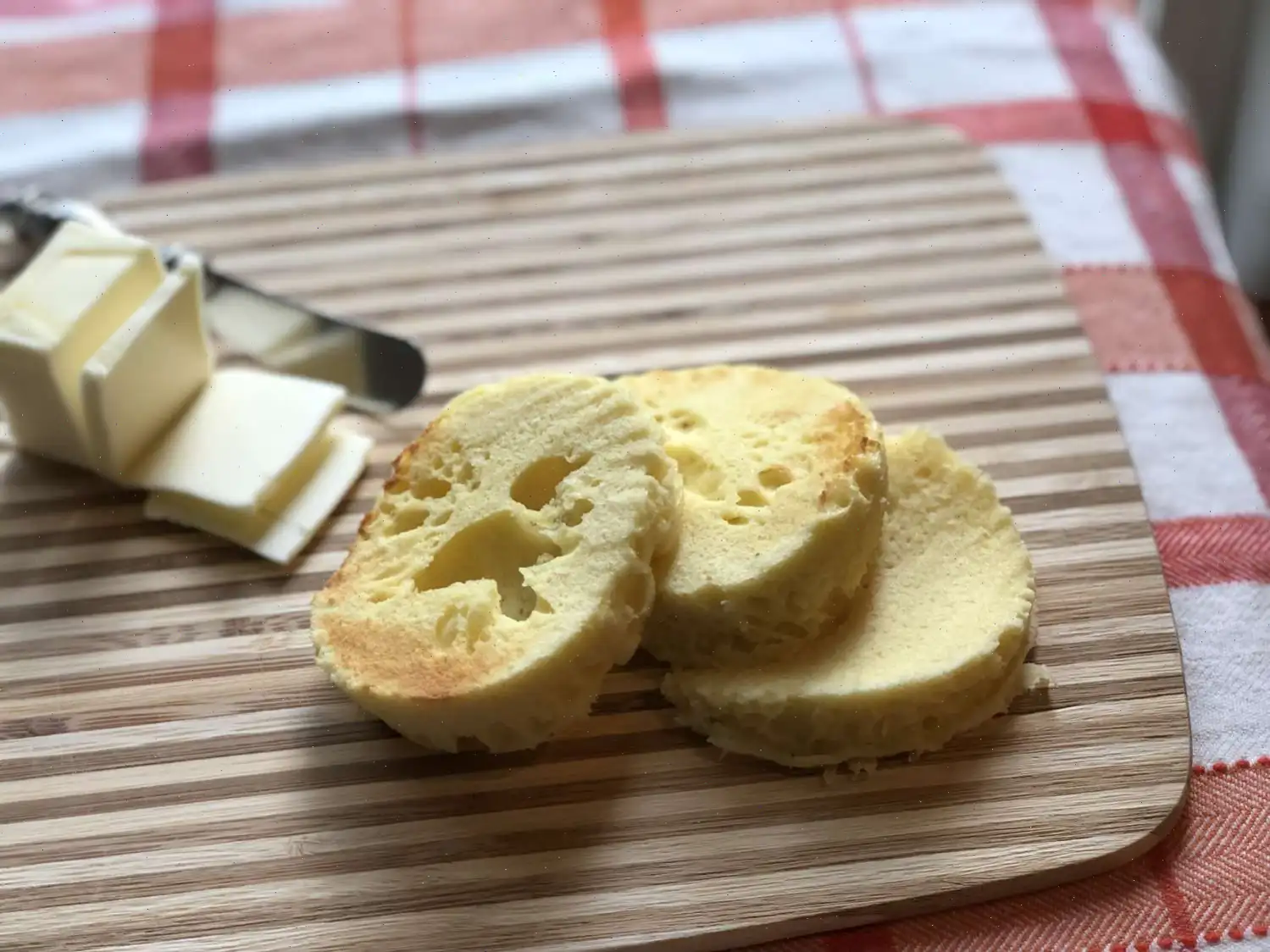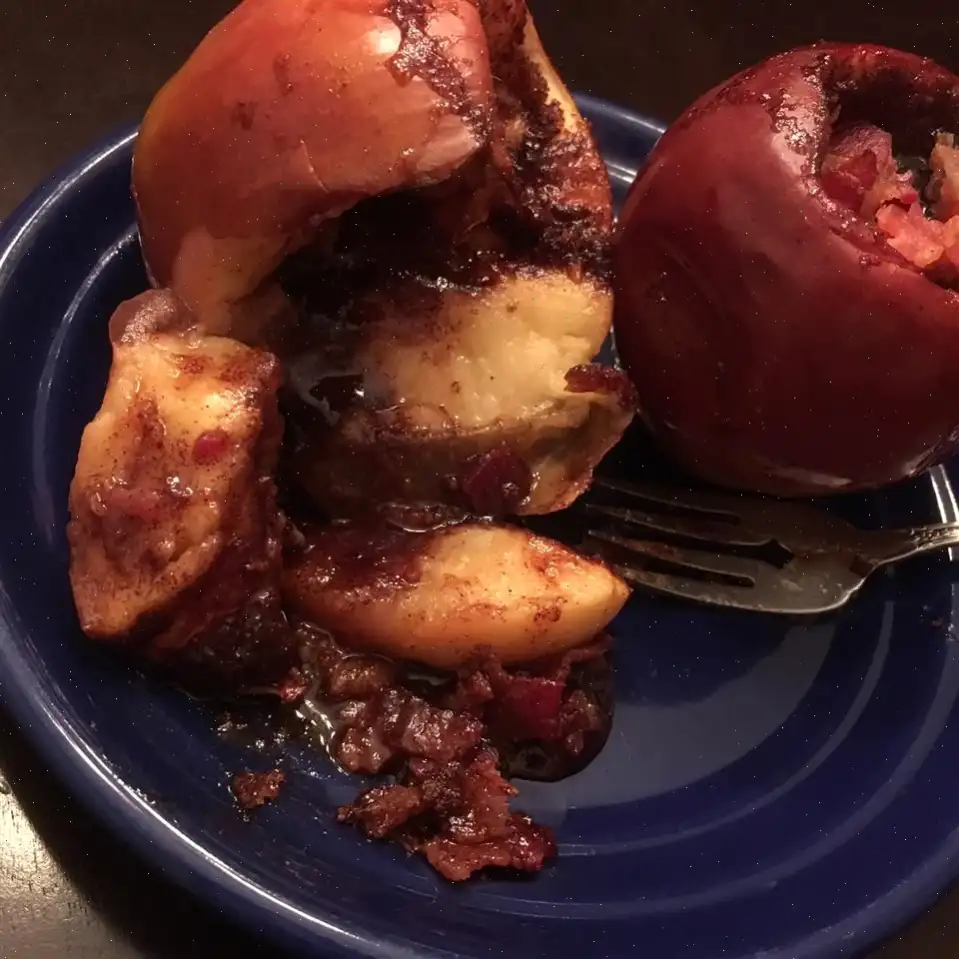
Leftover Mashed Potato Egg Cups Recipe
Ingredients
This recipe was designed to serve 4. Adjust the quantities as needed, but cooking steps remain the same.
- 16 ounces cooked mashed potatoes
- 5 large eggs, divided
- 2 teaspoons milk
- 4 thin pats unsalted butter
- 4 tablespoons grated Cheddar cheese
- Salt and freshly ground black pepper, to taste
- Sliced green onions or chives, for garnish
Directions
- Preheat the oven to 425F (220C).
- Lightly spray four 6-ounce ramekins with cooking spray.
- Divide the mashed potatoes equally among the ramekins (about 4 ounces each). Using the back of a spoon, create a small well in the center to form a nest. Brush the potato surface with one lightly beaten egg.
- Carefully crack one of the remaining eggs into each potato nest.
- Drizzle each egg with 1/2 teaspoon of milk. Top each nest with a pat of butter and a tablespoon of grated Cheddar cheese.
- Bake in the preheated oven for 15-20 minutes, or until the egg yolks begin to set and the cheese is melted. Adjust cooking time depending on how runny or firm you like your yolks.
- Remove from the oven and let sit for 1-3 minutes. The residual heat will finish cooking the egg whites.
- Season with salt and pepper, garnish with sliced green onions or chives, and serve immediately.
Cooks Notes
Feel free to experiment with garlic mashed potatoes, fresh herbs, or different types of cheese to add your own twist to this dish.
Nutrition Facts (per serving)
- Calories: 266
- Total Fat: 14g (18%)
- Saturated Fat: 5g (24%)
- Cholesterol: 243mg (81%)
- Sodium: 592mg (26%)
- Total Carbohydrate: 22g (8%)
- Dietary Fiber: 2g (9%)
- Total Sugars: 3g
- Protein: 12g (25%)
- Vitamin C: 18mg (20%)
- Calcium: 134mg (10%)
- Iron: 2mg (10%)
- Potassium: 549mg (12%)
*Percent Daily Values are based on a 2,000 calorie diet. Your daily values may vary.
History of Leftover Mashed Potato Egg Cups
Leftover Mashed Potato Egg Cups are a modern twist on the classic comfort food tradition of using leftover ingredients to create new, convenient meals. The concept of combining mashed potatoes with eggs likely emerged in American households during the mid-20th century, when frugality and minimizing food waste became central to everyday cooking. Over time, the recipe has evolved into a popular brunch dish, celebrated for its simplicity, versatility, and satisfying flavor profile.
Regional Characteristics
This dish is particularly associated with American cuisine, especially in regions where hearty breakfasts are a staple, such as the Midwest and the Northeast. In these areas, potatoes and eggs are common household staples, making this recipe a natural fit. Variations can include the addition of regional cheeses, herbs, or spices, allowing local flavors to shine through. For instance, cheddar and chives are common in northern U.S. recipes, while southwestern versions might incorporate jalapeos or pepper jack cheese.
How It Differs from Similar Dishes
While it may resemble dishes like potato frittatas, hash brown nests, or egg muffins, Leftover Mashed Potato Egg Cups are distinguished by their creamy mashed potato base that forms a nest for the egg. Unlike hash browns, which rely on shredded potatoes, this recipe uses mashed potatoes, creating a smoother texture and a more cohesive structure. Compared to a traditional quiche, these cups are smaller, individually portioned, and quicker to prepare.
Where They Are Usually Served
Leftover Mashed Potato Egg Cups are typically served at breakfast or brunch, either at home or in casual dining restaurants. They are also popular at potlucks and holiday brunches due to their convenient individual portions. Some cafes and bistros serve them as part of a breakfast platter with bacon, sausage, or fresh vegetables. Their portability also makes them suitable for buffet-style meals or grab-and-go options.
Interesting Facts
- These egg cups are a creative example of nose-to-tail cooking, where leftovers are transformed into a completely new dish.
- The recipe allows for endless customizationcheese types, herbs, and seasonings can vary to reflect personal or regional tastes.
- They are particularly popular during holidays like Easter or Christmas, when large meals leave plenty of leftover mashed potatoes.
- Some home cooks experiment by adding cooked bacon, ham, or sauted vegetables directly into the potato nest for added flavor and protein.
- Despite their simple ingredients, the presentation in individual ramekins makes them appear gourmet and suitable for entertaining guests.


